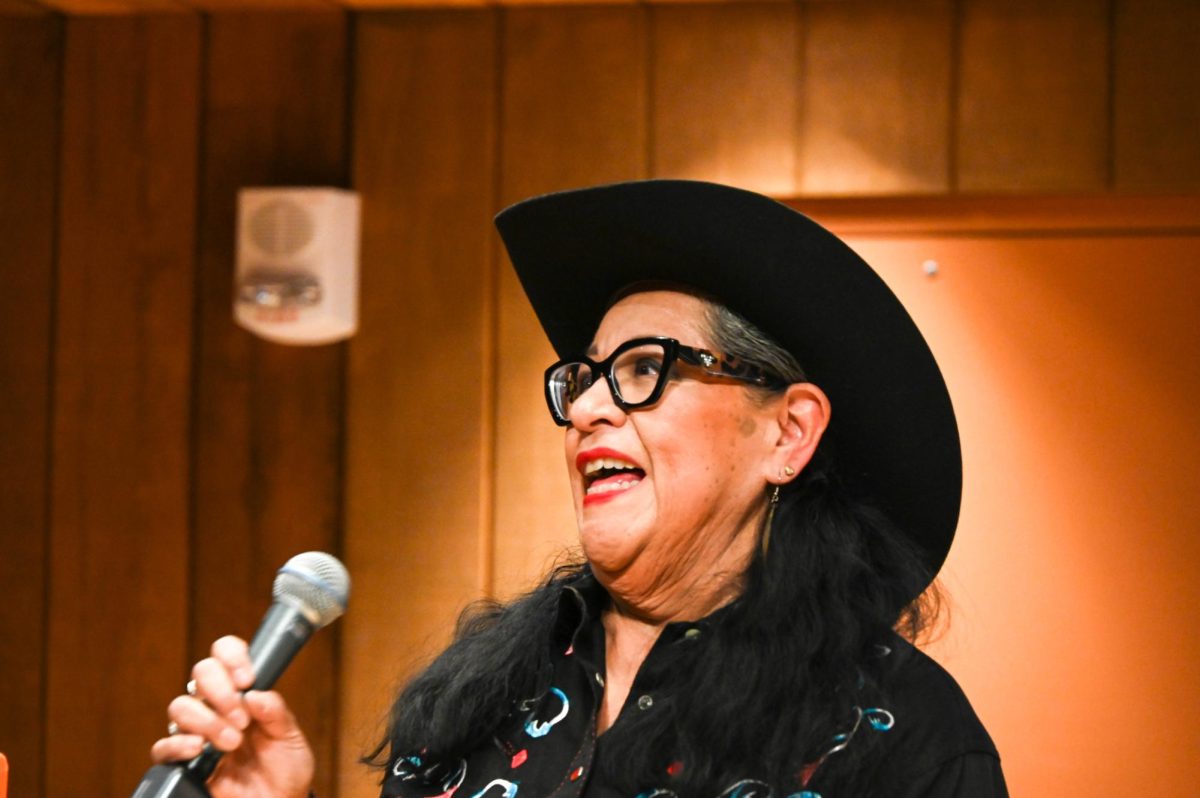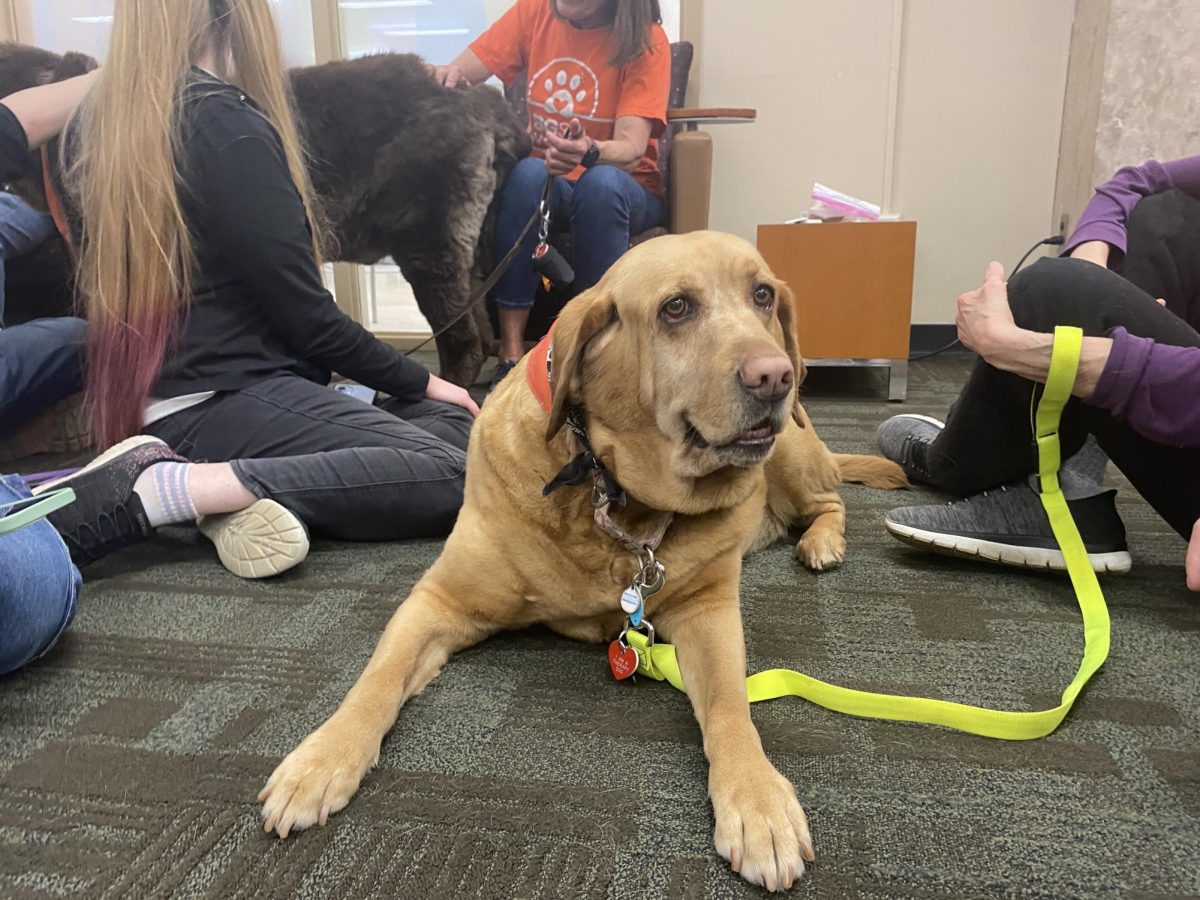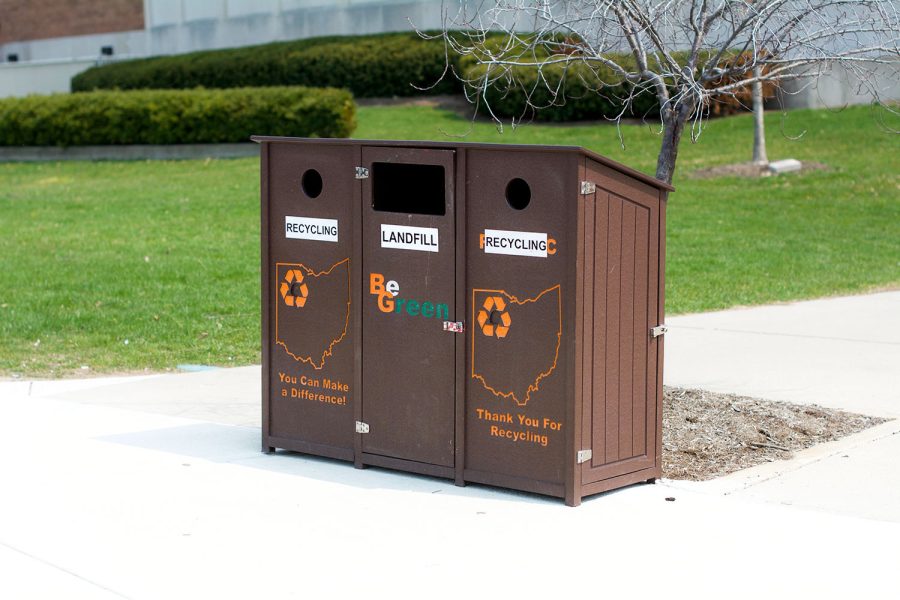With the upcoming election closing in, Ohioans will soon take to the polls to vote on two significant issues.
Issue 1, the Right to Reproductive Freedoms with Protections for Health and Safety, is a proposed constitutional amendment stating “every individual has a right to make and carry out one’s own reproductive decisions, including but not limited to decision on: contraception, fertility treatment, continuing one’s own pregnancy, miscarriage care and abortion.”
Issue 2, the Marijuana Legalization Initiative, proposes the legalization of adult recreational cannabis use. If passed, the federally-illegal substance would be legal to possess and grow in the state of Ohio.
Issue 1: The depth of reproductive rights
Ohio Issue 1 also states “the State shall not, directly or indirectly, burden, penalize, prohibit, interfere with or discriminate against either: an individual’s voluntary exercise of this right or a person or entity that assists an individual exercising this right.”
It claims “abortion may be prohibited after fetal viability” if a doctor decides it is necessary to protect the pregnant patient’s life or health.
The Attorney General of Ohio, Dave Yost, said in his analysis of Issue 1 that it “appears to borrow some concepts from the Roe era, but also creates a new, legal standard that goes beyond what Roe and Casey said.”
Attorney General Yost explains how Issue 1 goes further than previous cases because it only barred “undue burdens”, while Issue 1 “covers any burden, apparently however slight.”
Issue 1 would also make it so that the state regulates only for the purpose of the patient’s health that the state cannot regulate “for any other purpose or interest at all, no matter how mild the regulation.”
Issue 2: Ohio’s path to pot policy
Issue 2 is a proposed statute on recreational use of marijuana that would create a new Revised Code Chapter 3780, which would be 38 new sections.
Attorney General Yost explained Issue 2 would “create a ‘Division of Cannabis Control’ within the Ohio Department of Commerce.” He stated Issue 2 would allow “adults 21 and older to use, possess and transport marijuana that was legally obtained in the State.”
Attorney General Yost stated Issue 2 would “create a ‘cannabis social equity and jobs program,’” allow employers to be able to “create hiring and employment policies related to marijuana use” and sets “a sales tax rate of 10% on marijuana purchases.”
He noted Issue 2 “does not address the interplay between the proposed state law and existing federal laws.”
The battle behind Issue 1
Attorney General Yost further explains that in Issue 1, ‘even if the law meets the “health of the individual” it must still use the “least restrictive means.” The Supreme Court has said this requirement ‘is even stricter than the already-strict “narrow tailoring” requirement.”
Attorney General Yost states that Issue 1 “contrasts with prior law under Roe/Casey, which allowed states to rely on their own reasonable medical judgment.” Yost mentions that Issue 1 instead requires that the “test be satisfied by proving in court using ‘widely accepted and evidence-based standards of care.”’
Attorney General Yost explained “every individual has these rights” which can be read to include “minors having the same rights as adults.” He stated that Issue 1 “likely also protects post-viability abortions” because the assessment is put “in one person’s hands – the doctor performing the abortion”.
For Issue 1, the Statehouse News Bureau reported that the Ohio Ballot Board allowed a summary written on it by Secretary of State Frank LaRose’s office that caused controversy. LaRose’s office changed Issue 1’s term of “fetus” to “unborn child.”
The Ohio Ballot Board was sued by Issue 1 supporters and the Ohio Supreme Court ruled that the change in the summary was approved for its language.
Issue 1 is also bringing attention due to the rising rates of abortions happening in Ohio. Axios reported that Ohio has increased 8% between 2020 and 2023 for the number of abortions performed.
The list of Ohio laws Attorney General Yost says could be challenged and possibly invalidated if the Issue 1 passes are:
- The Heartbeat Act and any pre-viability time limits
- Down syndrome discrimination law
- Particular methods of abortion
- Pain-Capable Unborn Child Protection Act – 20-week limit
- 24-hour waiting period and informed consent
- Ohio’s current post-viability abortion restriction or similar restrictions
- Abortion-pill safety regulations
- Limits against funding abortions or abortion providers and funding of elective fertility treatments
Economics of Michigan’s marijuana
When looking at Issue 2 and how it could affect Ohio, analyzing Michigan is important due to it being the first Midwest state to legalize marijuana.
Issue 2 also brings to light the kind of money that can be made by the tax collections of marijuana since the tax would be set to 10% on top of the other taxes in the purchase. The Motley Fool reported that since 2020, Michigan has made a total of $633,767,627.
For voting on Issue 1 and Issue 2, mailed in absentee ballots must be postmarked on or before Nov. 6 and received no later than Nov. 13.
General election is on Nov. 7 from 6:30 a.m. to 7:30 p.m.




















